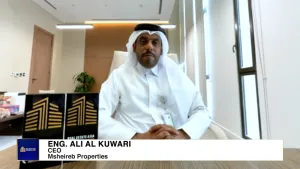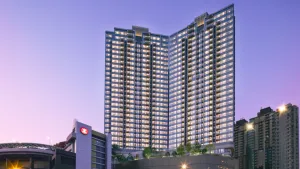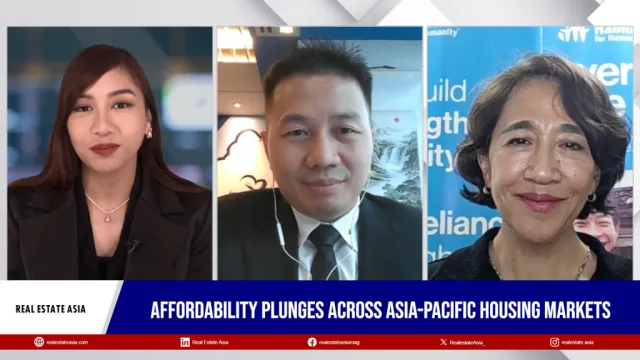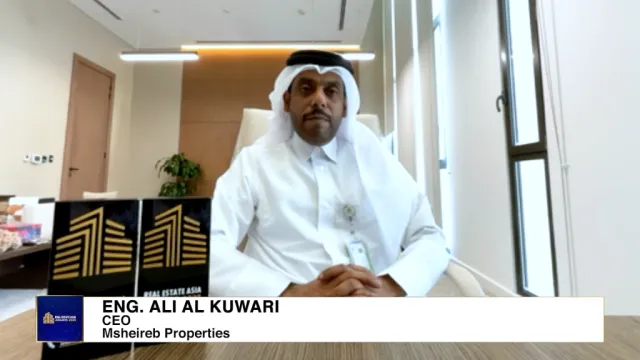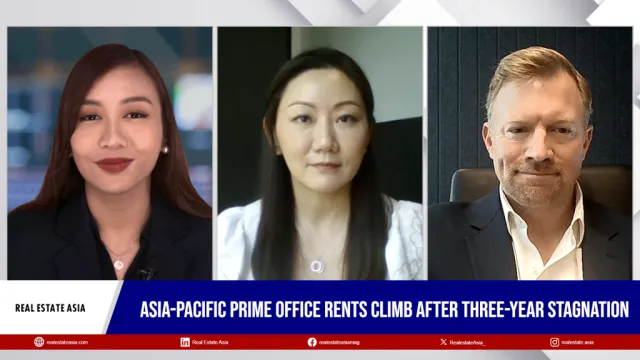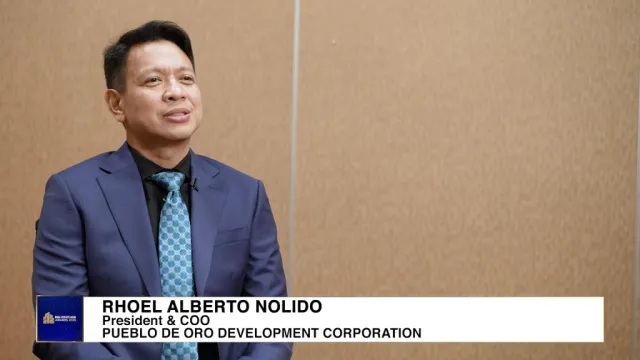Hong Kong
Hong Kong warehouse rents inch up 1% in Q3
Hong Kong warehouse rents inch up 1% in Q3
This is caused by improved occupancy and lower space availability.
Hong Kong Grade A office sector sees ‘longest local market downcycle in history’: CBRE
Q3 marked the eighth consecutive quarter of negative net absorption.
Konnichiwa: Japanese tenants scout for serviced apartments in Hong Kong
Their monthly budgets range from HK$40,000 to HK$50,000.
Everything you need to know about Hong Kong’s luxury leasing market right now
Single executives and young couples, not families, are driving demand.
Hong Kong to see another wave of record home prices: Knight Frank
Home prices have been on an upward trend for seven consecutive months.
Hong Kong retail landlords struggling to lease large-sized shops
Tenants have been looking for small to medium-sized shops with lower rents.
Hong Kong landlords start operating their own co-working spaces
Landlords had to become creative to meet their tenants' changing needs.
Hong Kong’s industrial capital values to grow by up to 10% this year
Market yields are expected to see further compression for the remainder of the year.
Prime office buildings to lead rental recovery in Hong Kong’s CBD
Rents of Grade A1 offices in the area grew 3% from May-July 2021.
Office property market to recover despite high vacancy rates
Analysts expect it to enter the last phase of its down-cycle.
Why Hong Kong homebuyers’ sentiment cooled down in August
Home sales declined 27% to 5,546 units during the month.
Hong Kong's business centre sector expands in August
Compass Offices and Regus both expanded their spaces recently.
Why senior living assets are lucrative property investments in Hong Kong
Yields are expected to surpass residential and Grade A office returns with over 3% per annum.
This district recorded the biggest office rental decline in Hong Kong
Rents in this area fell 5.6% in Q2.
Hong Kong industrial vacancy at risk of rising if backfilling doesn't keep up: JLL
Vacancy declined to 2.1% in Q2.
How Hong Kong’s pivot to online shopping impacts physical retail stores
Online transactions surged 54.9% in the first half of 2021.
Hong Kong, Singapore top list of most expensive rents globally
The average monthly rent for a 3-bed property in Hong Kong costs US$3,836.
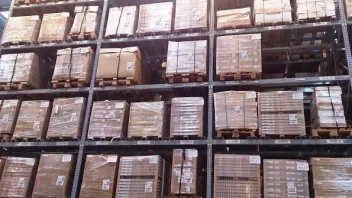
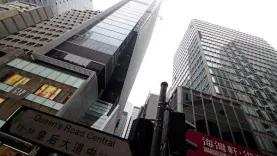
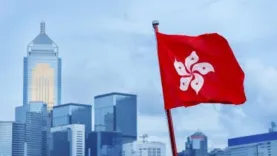
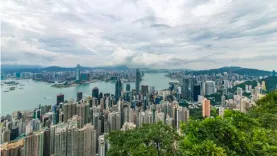

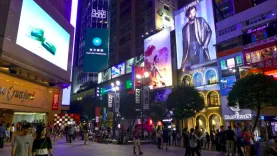
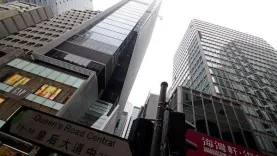
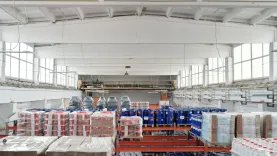
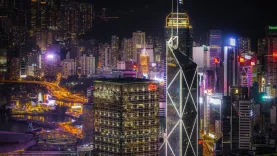
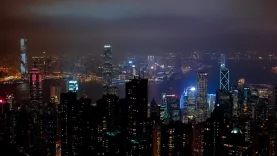
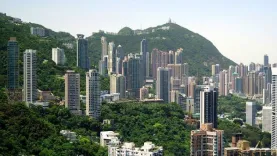
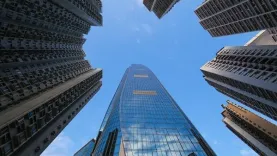
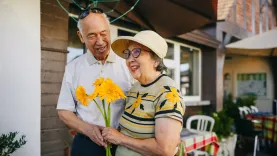


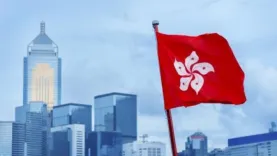

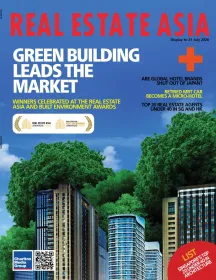
 Advertise
Advertise

